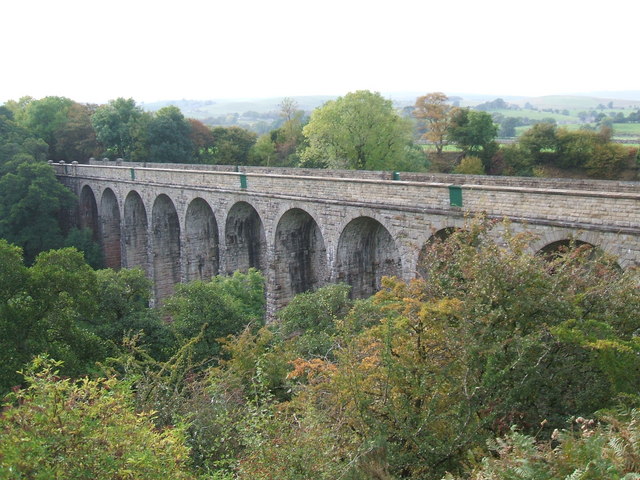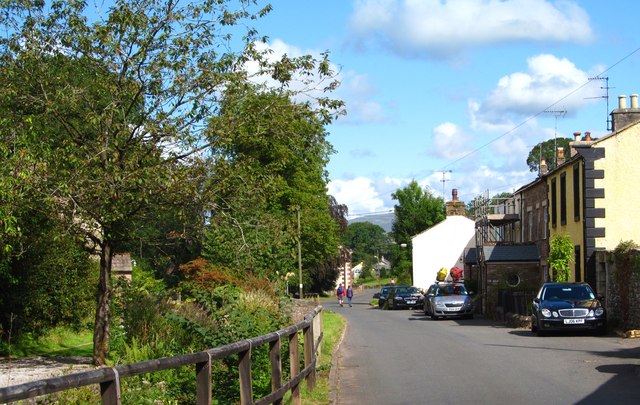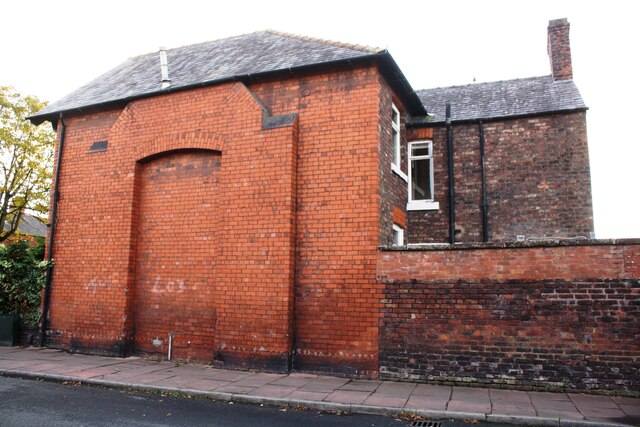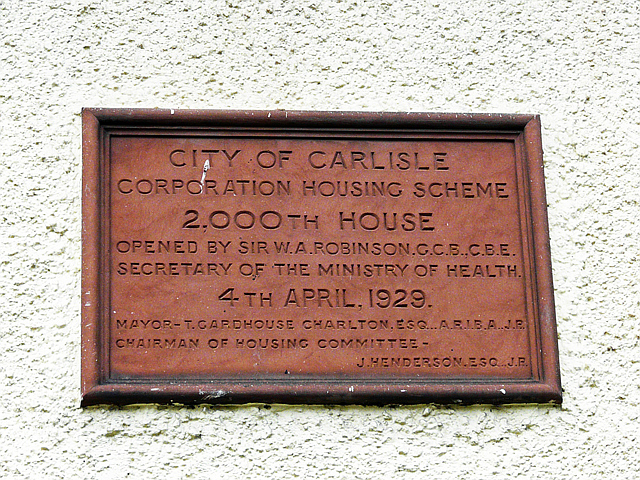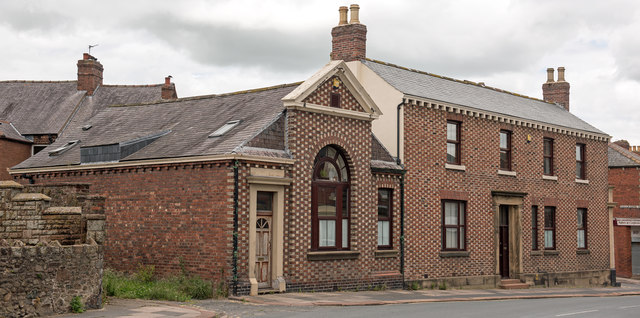Podgill Viaduct, Kirkby Stephen

-
Description
Podgill Viaduct is about one and half miles east of Kirkby Stephen East Station and crosses the very attractive valley of Pod Gill down which flows the Ladthwaite Beck.. It is built of local limestone and has eleven arches, each of 30 feet span, giving it a total length of 466 feet, and a maximum height of 84 feet. Originally only 12 feet wide between parapets for single track, it was built by contractors Chambers & Hilton at a cost of £6,189. Chambers and Hilton also built the section of line between Smardale, starting east of the viaduct, to Rookby Scarth, a mile or so north east of Podgill, four and three quarter miles in total, at a cost of £32,818. Doubling of the line between Kirkby Stephen and Belah, including the widening of Podgill Viaduct, was authorised by the directors of the North Eastern Railway on 5th September 1889, the work probably being completed about three years later. This task was undertaken by building a new, almost identical, viaduct alongside the existing, to which the new structure was tied. Eyesores or vital historical monuments worthy of continued restoration and repair? I definitely go with the latter. -
Owner
colgregg -
Source
Flickr (Flickr) -
License
What does this mean? Attribution License
-
Further information
Link: https://www.flickr.com/photos/27538469@N06/5471280193/
Resource type: Image
Added by: Simon Cotterill
Last modified: 5 years, 2 months ago
Viewed: 454 times
Picture Taken: 2011-02-23T15:16:27 -
Co-Curate tags

